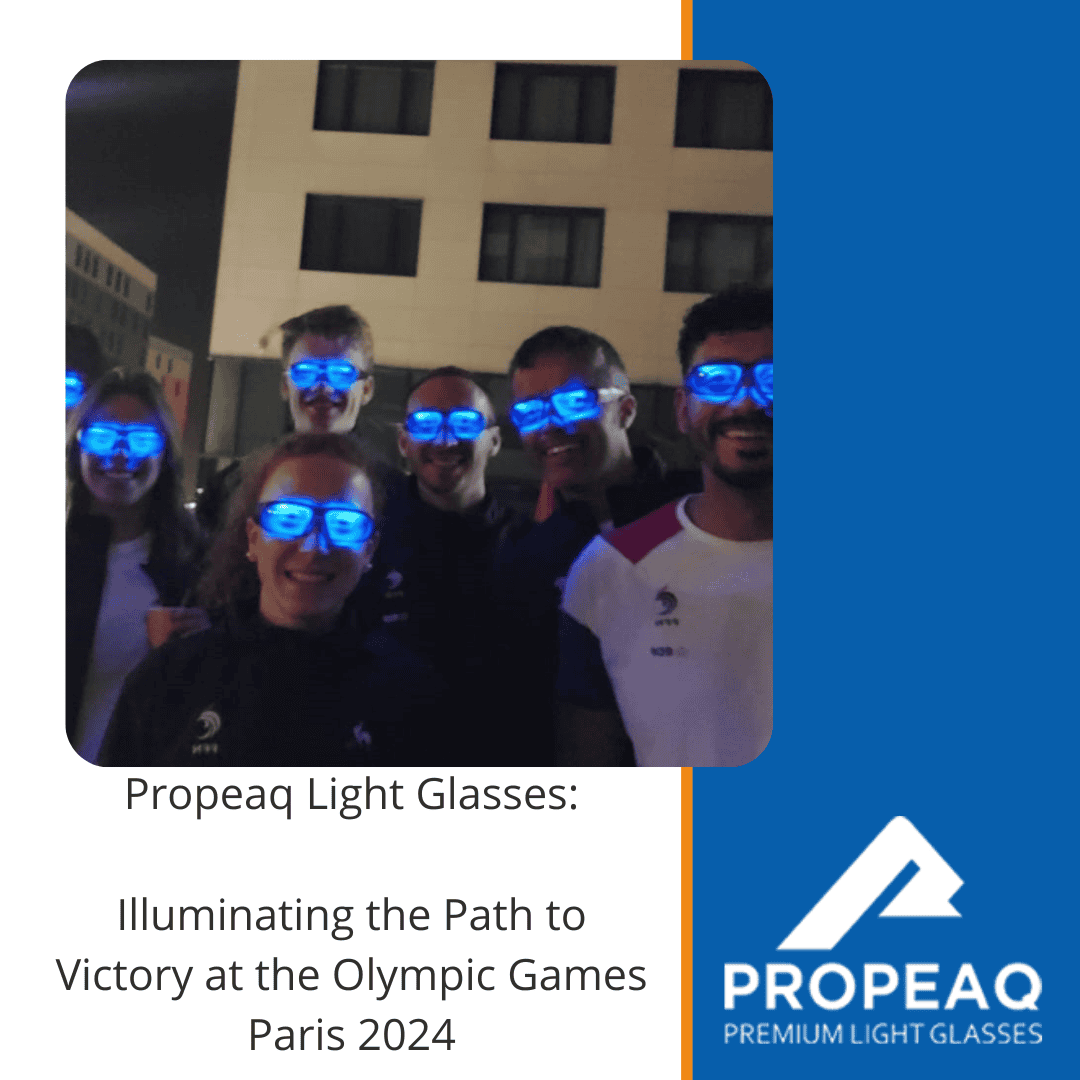Your circadian rhythm is very important, we of course already knew that. There are a lot of applications where shifting your circadian rhythm can give you an important advantage. Shiftwork, flying and the winterblues are examples of this. Now, scientific research concludes that the performance of Olympic athletes can be strongly affected by circadian variation!
Studies investigating these effects on elite athletes during high-level competitions are scarce. The Olympic venues are leading international sporting events, with thousands of athletes from around the world. The country selected to host the Olympics, sometimes adjusts race times to accommodate prime-broadcasting times in other continents. As a result, athletes are often required to perform at different, and sometimes unusual, times of day. This variation can be used to analyze time-of-day effects on physical performance in professional, extremely motivated male and female athletes.
Results
Data analysis on within subject normalized data revealed that race type significantly affected swim performance. Heats were 0.5% slower than semi-finals, which in turn were 0.2% slower than finals, in females and males . There was a significant interaction between Olympic venue and race type for females and males, suggesting that performance differences between race types varied between Olympic venue locations. The percentage difference in swim times between heats and finals in Beijing (0.60%, average of males and females) was much smaller than in Athens and in London (0.99% and 0.93% respectively). A major difference between those Games is that the finals in Beijing were held at about the time of the heats in London and Athens, while the heats in Beijing were held at about the time of the finals in London and Athens. This scheduling difference is an interesting opportunity to disentangle motivation (faster swim times in the finals) from possible time-of-day effects. In fact, if time-of-day did not play a role, one would expect the same percentage difference in swim times between heats and finals in Beijing as in Athens and London. To test for time-of-day effects we fitted a sine model.
The linear mixed model indicated significant effects of race type, Olympic venue, and time-of-day.The sine fitted model predicted that swim performance would be worst in the early morning, and best in the late afternoon. There was no significant difference depending on sex, therefore the same sine wave was plotted for both males and females.
The amplitude range of the fitted sine wave representing the effects of time-of-day is 0.37% (peak-to-trough distance). In 40% of the finals, this time-of-day effect was larger than the time difference between gold or silver medal finishing times. Moreover, time-of-day effects exceed the time difference between the silver and bronze medal in 64% of the finals, and the time difference between bronze or fourth place in 61% of the finals.
Source: https://www.nature.com












